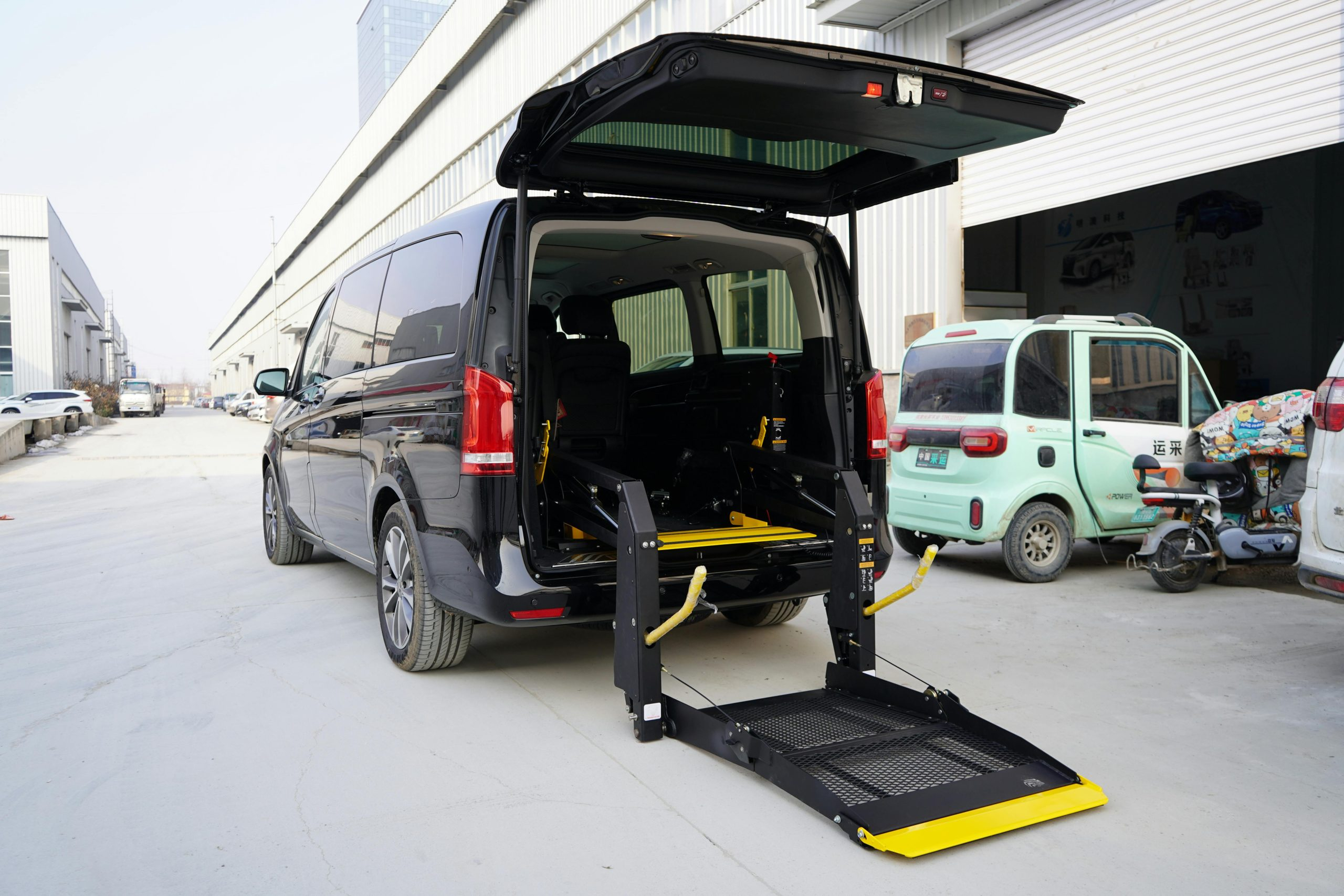Micro-Mobility Solutions Reshaping City Transportation Networks
The rise of micro-mobility solutions has revolutionized the way people travel within cities. With rising concerns over environmental sustainability and traffic congestion, these solutions have proven to be a game-changer in reshaping city transportation networks. From electric scooters and bikes to shared ride services, micro-mobility options have provided commuters with more convenient, affordable, and eco-friendly alternatives to traditional modes of transportation. In this article, we will explore the impact of micro-mobility solutions on city transportation networks and how they are changing the way we move around in urban areas. 
The Rise of Micro-Mobility Solutions
Micro-mobility solutions refer to small, lightweight modes of transportation that are designed to cover short distances. The most popular forms of micro-mobility include electric scooters, bicycles, and shared ride services such as Uber and Lyft. These solutions have gained massive popularity in recent years due to their ease of use, flexibility, and cost-effectiveness.
The idea behind micro-mobility solutions is simple – to provide a more efficient way for people to travel short distances within cities. They are typically used for first-mile and last-mile transportation, filling the gap between a person’s home or workplace and the nearest transportation hub. This eliminates the need for individuals to rely solely on private cars, which are not only expensive but also contribute to traffic congestion and air pollution.
The Impact of Micro-Mobility Solutions on City Transportation Networks
One of the most significant impacts of micro-mobility solutions on city transportation networks is the reduction of traffic congestion. With fewer cars on the roads, traffic flows more smoothly, and commutes become faster. This is especially crucial in highly congested cities where rush hour traffic can add significant time to a person’s daily commute. By using micro-mobility options, individuals can avoid sitting in traffic and reach their destinations quicker.
Micro-mobility solutions have also played a role in reducing air pollution in urban areas. With fewer cars on the roads, there is less carbon emission, resulting in cleaner and healthier air for city dwellers. This is particularly important in cities where pollution levels have reached alarming levels, posing a threat to the environment and public health. By choosing to ride an electric scooter or bike instead of driving a car, individuals are making a positive impact on the environment by reducing their carbon footprint.
Additionally, micro-mobility solutions have made city transportation more affordable and accessible for people. Public transportation can be costly, and many individuals cannot afford to own a car. Micro-mobility options provide a more budget-friendly alternative, making it easier for individuals to travel within the city without breaking the bank. Moreover, these solutions are also accessible to people with physical disabilities as they offer disability-friendly options like electric scooters with built-in seats and hand controls.
The Future of City Transportation Networks
The future of city transportation networks is undoubtedly shaped by micro-mobility solutions. With rapid advancements in technology, these solutions are expected to become even more efficient and convenient in the coming years. For instance, companies are experimenting with the use of electric-powered self-driving vehicles for micro-transit services, further reducing the need for personal cars and increasing accessibility for all individuals.
In addition to that, city governments are also recognizing the potential of micro-mobility solutions in creating sustainable and livable cities. Many cities have implemented bike-sharing programs and designated bike lanes to encourage the use of bicycles as a viable mode of transportation. Some cities have even taken it a step further by introducing regulations and policies that promote the use of micro-mobility options and limit the number of cars on the roads.
It is clear that micro-mobility solutions are here to stay and will continue to reshape city transportation networks for the better. From reducing traffic congestion and air pollution to providing affordable and accessible transportation options, these solutions have had a significant impact on the way we move around in cities. As we continue to prioritize sustainability and efficiency, micro-mobility will play a crucial role in creating a greener and more livable future for urban areas.
In Conclusion
Micro-mobility solutions have revolutionized city transportation networks, providing commuters with convenient, affordable, and eco-friendly alternatives to traditional modes of transportation. With its numerous benefits, it is evident that micro-mobility is the future of urban mobility. As more cities embrace these solutions, we can expect to see a significant shift in the way people travel within cities, leading to a more sustainable and livable environment for all.











